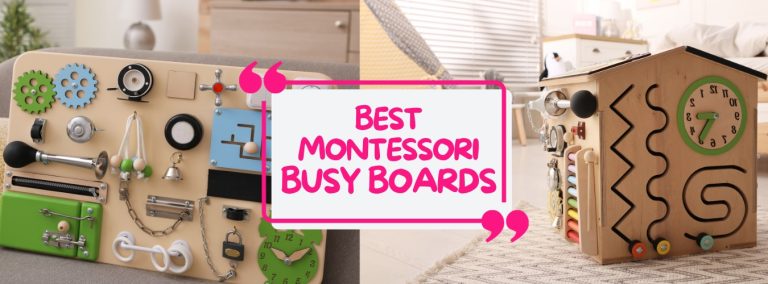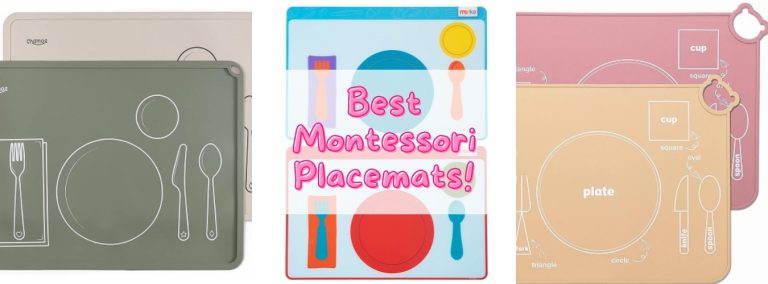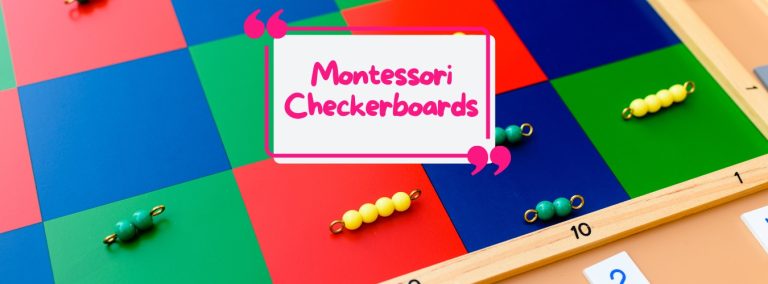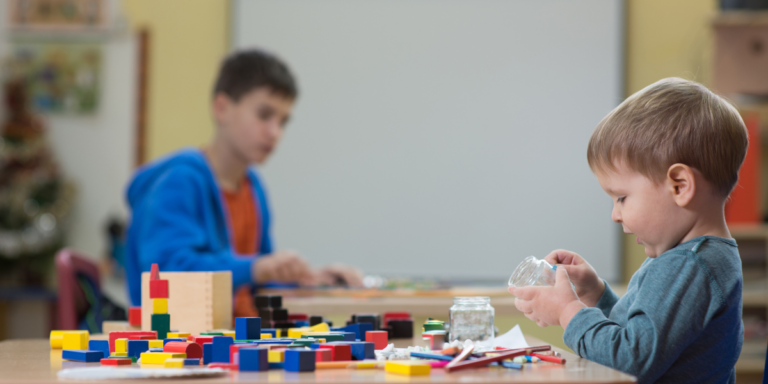3 DIY Montessori-Inspired Toys You Can Make at Home
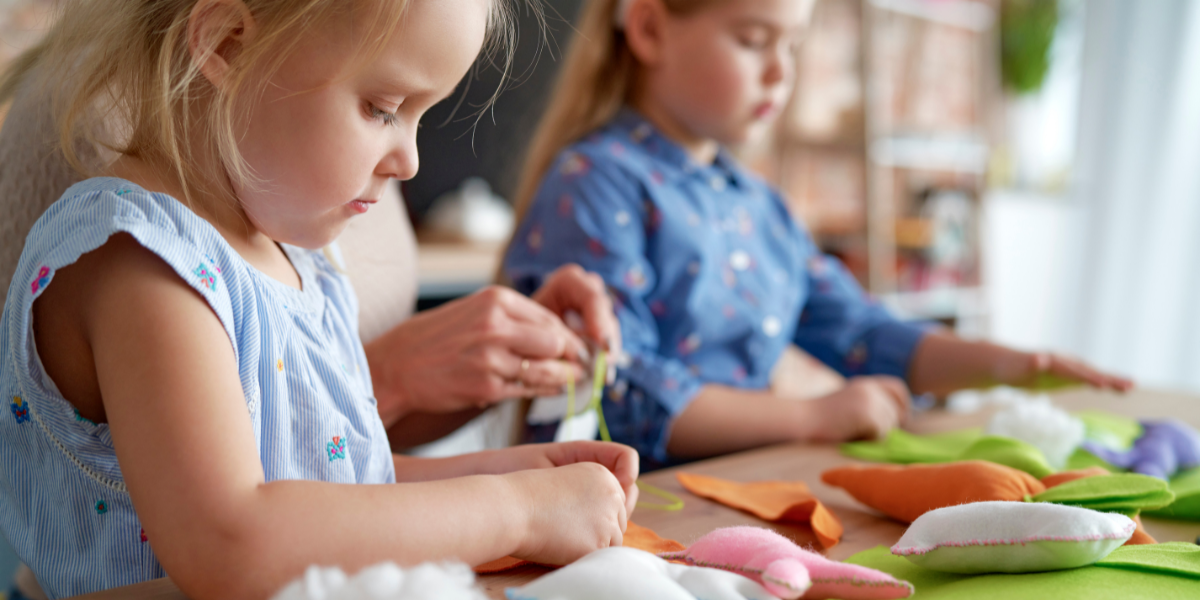
Montessori toys are great as they encourage children to explore and learn through hands-on experiences. However, store-bought options can be pricey or limited in selection. That’s why DIY Montessori-inspired toys are a fantastic alternative that won’t break the bank.
3 Tips in Making Your Own Montessori Toys
1. Use Natural Materials
An essential aspect of Montessori-inspired toys is the use of natural materials. Wood, silk, wool, and cotton are just a few examples. Not only are these materials safer and more durable than plastic, but they also provide tactile and sensory experiences for children.
By incorporating natural materials, children can connect with nature and develop a deeper sense of appreciation for the environment. Whether it’s building blocks, sensory balls, or puzzles, finding ways to use natural materials can add a more significant benefit to the development of the child. It’s also a great way to be environmentally conscious while providing valuable educational experiences to children.
2. Cater Toys Based on Your Child’s Interests
Montessori toys are all about catering to a child’s individual needs and interests. It’s important to choose toys that interest your child to keep them engaged and focused during playtime. The key is to observe your child and see what they gravitate towards. If they enjoy puzzles, give them more challenging puzzles to solve. If they enjoy building, give them construction toys like blocks or Legos.
When crafting DIY Montessori toys, consider incorporating themes or characters that your child enjoys. By catering to their interests, you’re not only making playtime more fun, but also helping them develop skills and knowledge based on what they naturally enjoy.
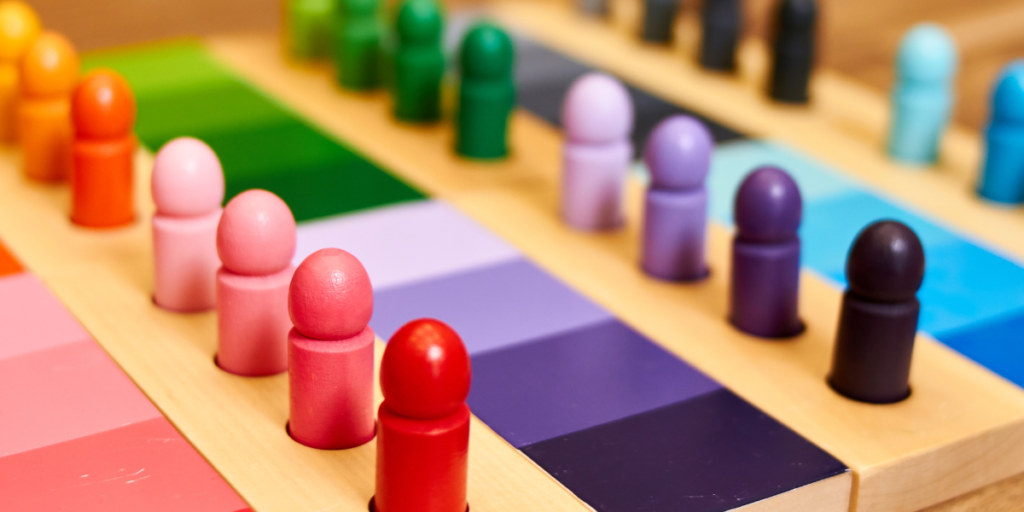
3. Arrange Montessori Activities One at a Time
Arranging Montessori activities one at a time can be a great way to introduce new skills and keep things fresh and interesting for your little one. By focusing on one activity at a time, you can give your child the opportunity to master new skills before moving on to the next challenge.
This approach also allows you to tailor activities to your child’s interests and abilities. For example, if your child loves playing with shapes, you can create a series of activities that build on that interest, such as sorting shapes by color, size, or texture. Alternatively, if your child is more curious about nature, you can create activities that involve exploring the outdoors or learning about animals and plants. Whatever approach you take, remember that the most important thing is to follow your child’s lead and let them explore and learn in their own way.
3 DIY Montessori-Inspired toys
Tugging Box
The tugging box is a fun activity to develop your child’s fine motor skills. This simple box with ribbons that lengthen and shorten as pulled can provide hours of entertainment for young children. It is easy to make by poking holes in the lid of a cardboard box or paper towel holder and cutting up little straws or pipe cleaners into small pieces to tie onto the ribbons.
As your child pulls on the ribbons attached to the box, they will learn how to coordinate their movements and develop their hand-eye coordination skills. This toy is perfect for toddlers and preschoolers, and it is a great example of how you can create Montessori-inspired toys using simple materials found around the house.
Shapes on Pegs
Shapes on pegs is a popular Montessori-inspired toy that consists of a wooden base with pegs that fit different shapes, encouraging children to learn about shapes, colors, and patterns. This toy is perfect for parents looking to introduce their children to the fundamentals of geometry and logic while still keeping it fun and engaging.
You can make this toy out of natural and inexpensive materials, proving that Montessori-inspired toys don’t have to be expensive. You can also discover how to cater to your child’s interests by personalizing the shapes, colors, and designs of the pegs based on your little one’s preferences.
Sorting and Matching Games
Sorting and matching games can help develop a child’s cognitive and problem-solving skills. You can simply use things around the house that need to be sorted or matched based on color, shape, size, or texture. For example, kids can sort objects by color or match socks by pattern.

